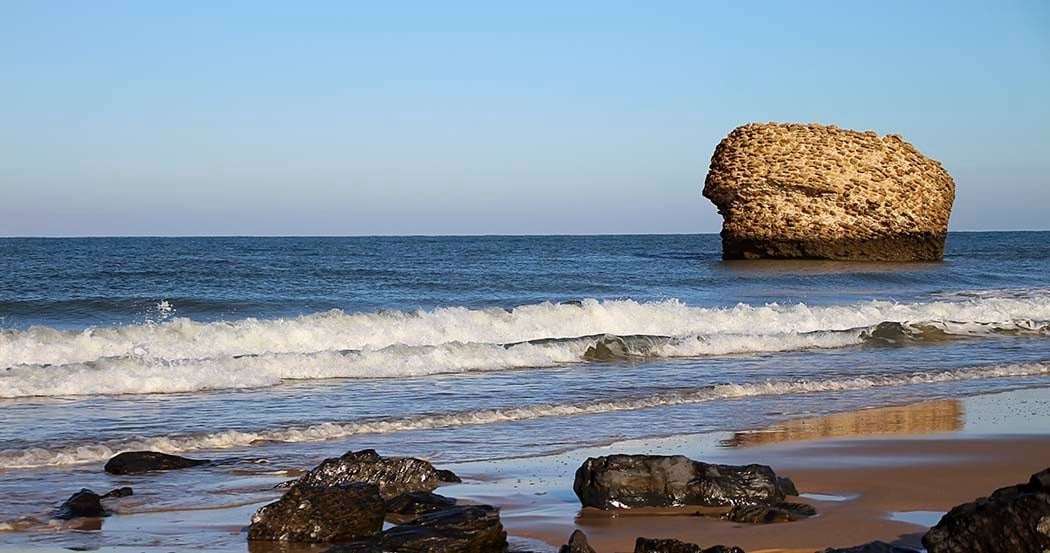History of the Torre de la Higuera, the Matalascañas stopper
You already know the Matalascañas beach located in the municipality of Almonte, in Huelva, and you will surely have noticed the Higuera tower, but do you know its origin? Do you know how the tower got there and why? If you want to know the whole story, we invite you to continue reading:
The Fig Tree Tower: history
In 1577, King Philip II ordered the construction of a series of towers along the Spanish coasts in order to defend our peninsula from attacks by privateers and pirates.
In the 16th century, Spain was the obligatory passage for trade between Europe and America, all merchandise arriving from the New World passed through our country, and there were many occasions in which Spanish ships suffered boardings by these looters. Philip II wanted to remedy and put an end to this situation and therefore built defense towers along the entire western Spanish coast. In this way, the royal commissioner, Luis Bravo de Laguna, was in charge of fortifying the entire Andalusian Atlantic coast, from Gibraltar to Ayamonte. The appearance that the tower presents today is due to the Lisbon earthquake in 1755 that demolished it, leaving its foundations in the sand of the beach.
Already in the 20th century, the Higuera tower was declared an Asset of cultural interest by Law 16/1985 on Spanish Historical Heritage. It is also protected by the generic declaration of the Decree of April 22, 1949.
For years the tower has been “approached” by bathers in order to climb to the top and then jump into the water from above. But currently this practice, described as dangerous, is totally prohibited by the authorities under a fine of 6,000 euros.
We invite you to enjoy this wonderful beach by staying at our hotel. We will wait for you!


